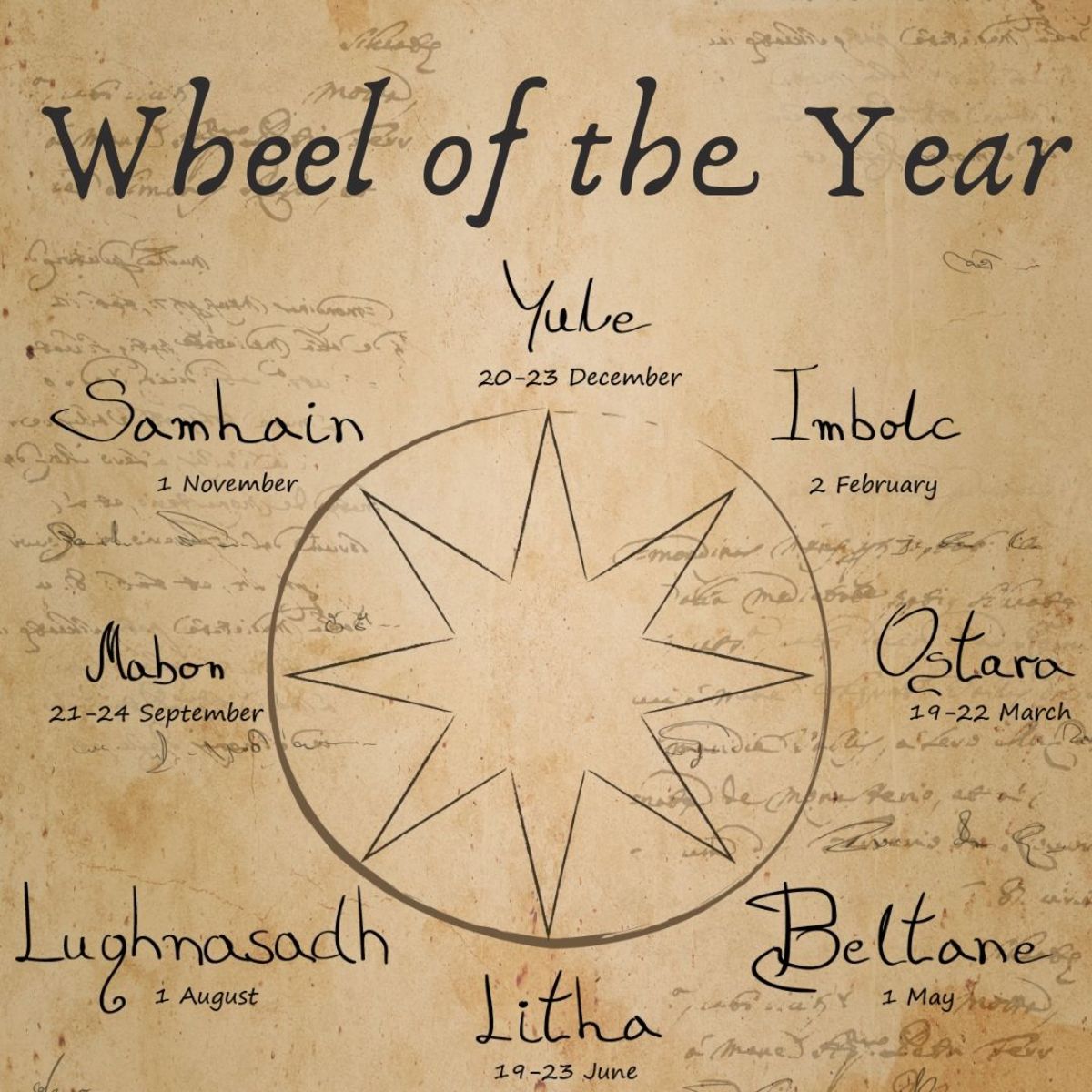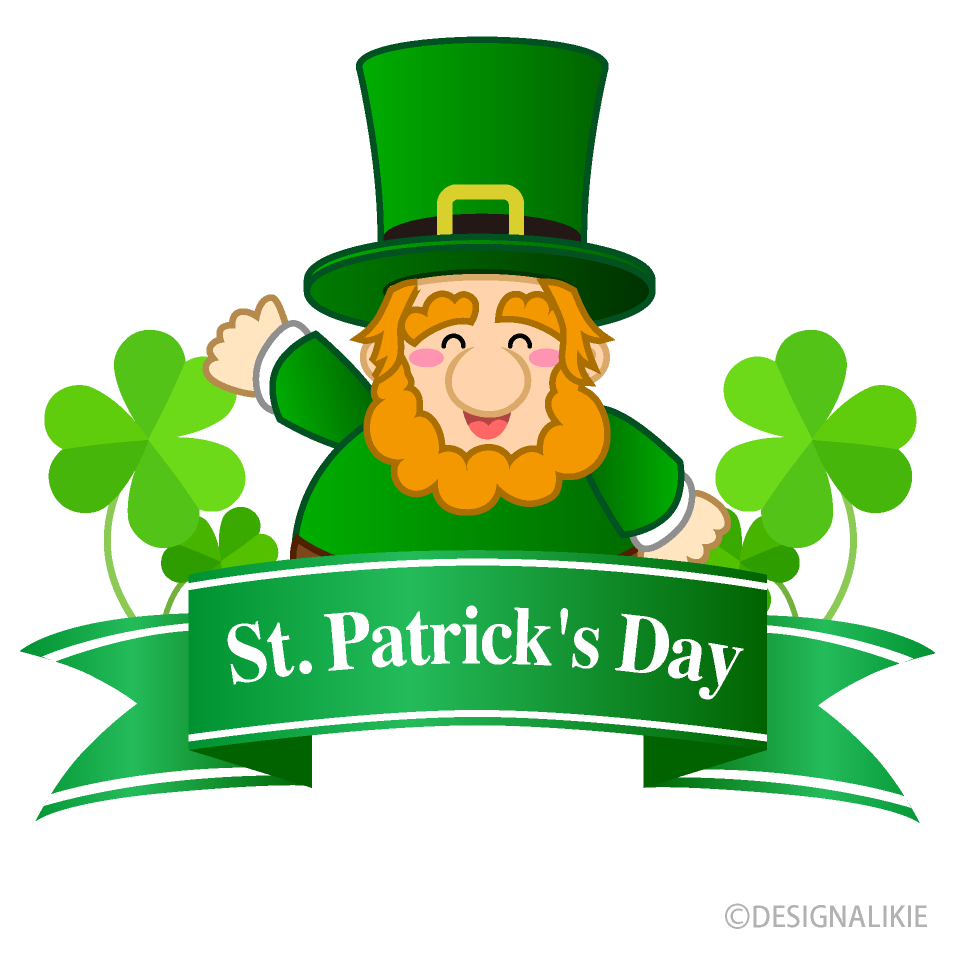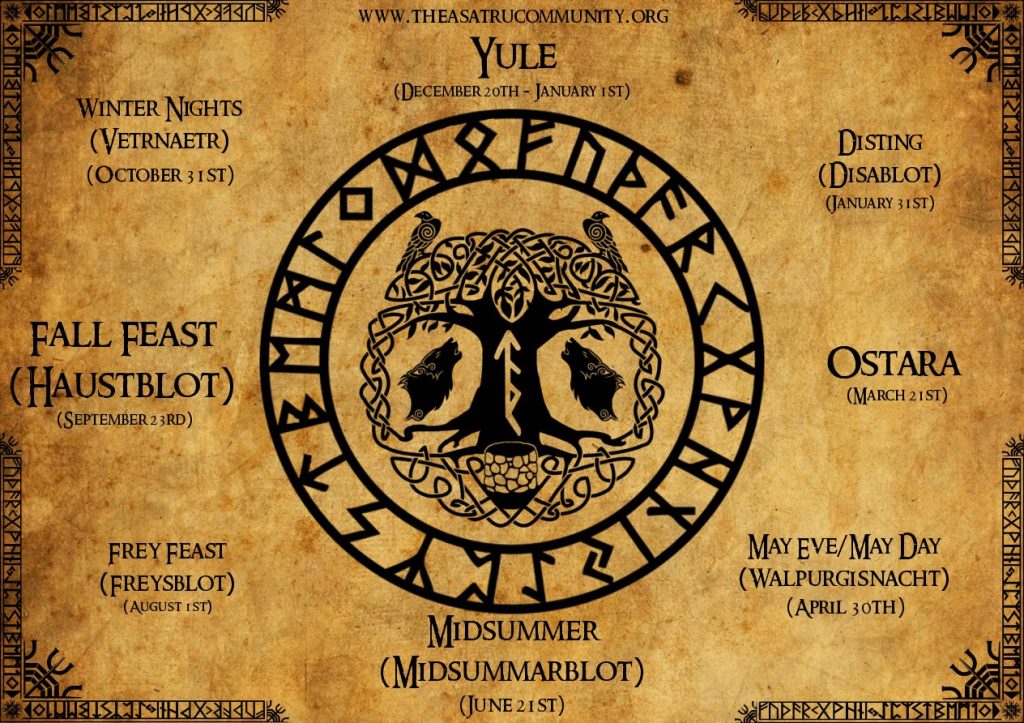Gallery
Photos from events, contest for the best costume, videos from master classes.
 |  |
 |  |
 |  |
 |  |
 |  |
 |  |
March 17th, St. Patrick’s Day, a festival often associated with parades, shamrocks, and the colour green. In Ireland, the day is a national holiday, commemorating the patron saint who is said to have brought Christianity to the island. But beneath the layers of modern festivity lies a deeper and older story — one that speaks During this time he created monasteries, converted pagan kings and began building up the Catholic Church in Ireland. History and Christian Origins of St Patrick’s Day. The traditional celebration of St Patrick’s Day started off as a religious feast day to celebrate his death on March 17th 461AD. The first parade was held in Boston in 1737. It was designed to coincide with and replace the pagan holiday known as Ostara, the second spring festival to celebrate the rebirth of nature prior to the spring equinox on March 22. In other words, St. Patrick’s Day was the Christian replacement for a pagan holiday that was also celebrated in ancient Greece. March 16, 2017 / By Nemisistar / Historical, Holidays of Man, Top Ten / holidays, Holy Blood Holy Grail, Lost Sheep of Israel, pagan idolatry, Saint Patrick's Day, Tribes of Israel / 1 Comment According to Wikipedia, “Saint Patrick’s Day, or the Feast of Saint Patrick, is a cultural and religious celebration held on 17 March, the Though St. Patrick’s Day was officially placed on the Christian calendar in the early 1600s, the Irish people had been paying homage to their beloved saint in more localised and informal ways for hundreds of years. Original traditions of St. Patrick’s Day were deeply rooted in religious and national identity. The first St. Patrick's Day parade was held in Boston in 1737, and the holiday became an official Irish holiday in 1903. Despite its Christian origins, many of the traditions associated with St. Patrick's Day have pagan roots. For example, the color green is associated with St. Patrick's Day because it represents the rebirth of spring. The correct abbreviation for Saint Patrick's Day is "St. Paddy's Day," not "St. Patty's Day." The first St. Patrick's Day parade in the United States took place in St. Augustine, Florida, in 1601 Second, St. Patrick’s Day often overshadows or appropriates pagan celebrations. The holiday falls close to the Spring Equinox , also known as Ostara in some pagan traditions. Ostara celebrates the rebirth of nature , the balance between light and darkness , and the renewal of life . On March 17, millions of people will celebrate an Irish holiday called St. Patrick’s Day by viewing parades, dressing in green, decorating with shamrocks and leprechauns, drinking green-colored beer or grabbing a shamrock shake. St. Patrick’s Day, known for its green colors, shamrocks, and Guinness, is celebrated annually on March 17th. It is widely recognized in countries such as the United States, Canada, the United Recognizing the pagan roots of St. Patrick’s Day allows us to honor both traditions—the spiritual depth of the ancient Druids and the journey of a people who adapted to immense cultural shifts. It invites us to see the holiday not just as a day of revelry, but as a moment to reflect on transformation, renewal, and the enduring power of symbols. For most people, St. Patrick’s Day is simply a day where we celebrate all things Irish, including the color green, shamrocks and drinking LOTS of Guinness. Americans go crazy for this secularized holiday and, according to an Irish friend of mine, make a bigger deal out of this holiday than they do in Ireland. But not all is fun and games. As revelers celebrate St. Patrick's Day in 2025, here's a look at who Ireland's patron saint was and the meaning behind the holiday. Yes it is. It is in honour of St. Patrick who is credited with bringing Christianity to Ireland. It is Ireland's national holiday, and also a day of holy obligation, meaning that people go to Saint Patrick's Day may be a little different. Although, today the holiday is certainly wroth with pagan idolatry, this appears to be a case of a non-Biblical Christian holiday being made pagan rather than the usual pagan holiday being made Christian. Saint Patrick's Day is a relatively modern holiday. All Snakes Day emerges as a compelling counter-narrative to St. Patrick’s Day. The earliest found mention of it was by Isaac Bonewits, a Druid and founder of Ár nDraíocht Féin. This day reinterprets the “snakes” in St. Patrick’s lore as symbols of ancient pagan traditions rather than literal serpents. Celebrated concurrently with St St. Patrick's Day, observed on March 17, has transitioned from a feast day in Ireland to a widely celebrated holiday in the United States. The holiday commemorates St. Patrick, the patron saint of Postcard from 1912 for “St. Patrick’s Day” COGwriter March 17th is often observed as St. Patrick’s Day. Is this an appropriate day for real Christians to celebrate? The Protestant Christianity Today seems to think so as an article at its website stated: IrishWatch Get into the Saint Patrick's Day mood with an eclectic selection of Like many traditional holidays, St Patrick’s Day has roots in Paganism. Paganism today goes by many names and is still a practised around the world, with roughly 250,000 neopagans in the United And while the 17th of March was pegged as the day for celebrating the apostle of Ireland, the Church does occasionally move the date (like it did in 1940 and 2008 when St. Patrick’s Day fell during Holy Week and was thus shifted to April 3rd and March 15th respectively). So yeah, bottom line: the Church sets the date of St. Patrick’s Day.
Articles and news, personal stories, interviews with experts.
Photos from events, contest for the best costume, videos from master classes.
 |  |
 |  |
 |  |
 |  |
 |  |
 |  |